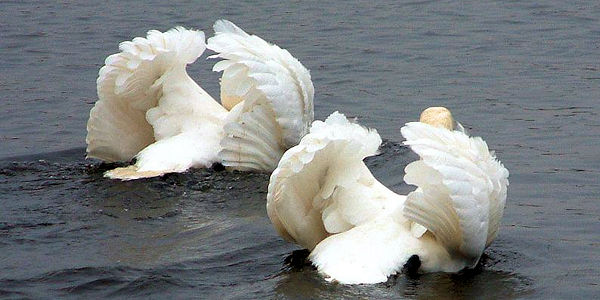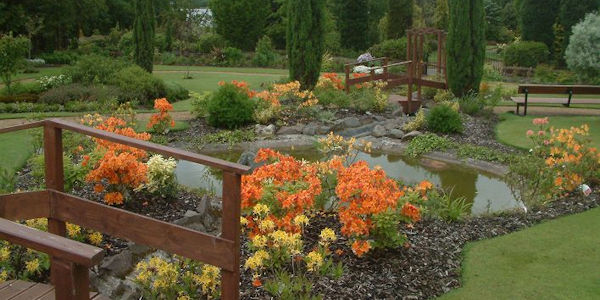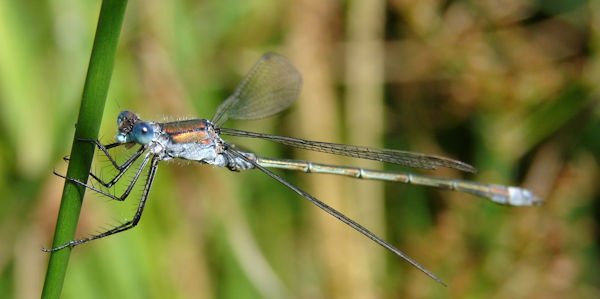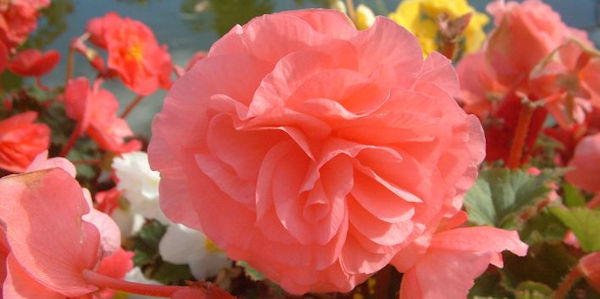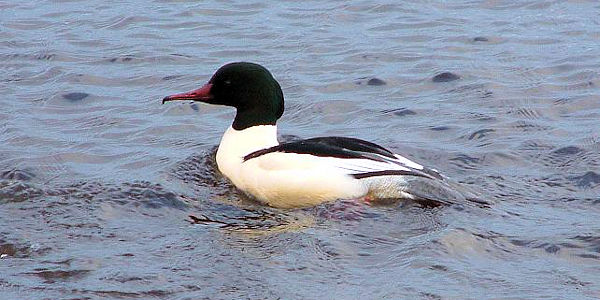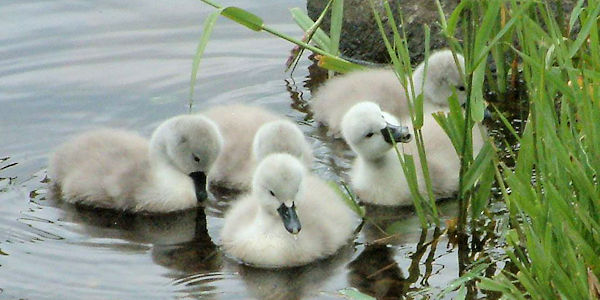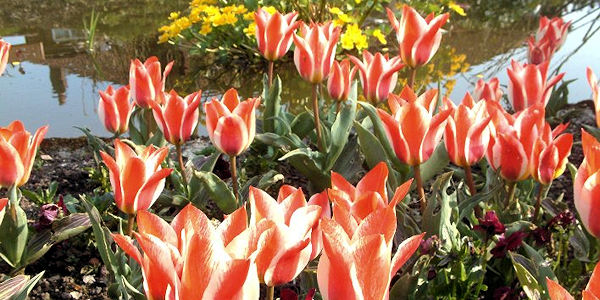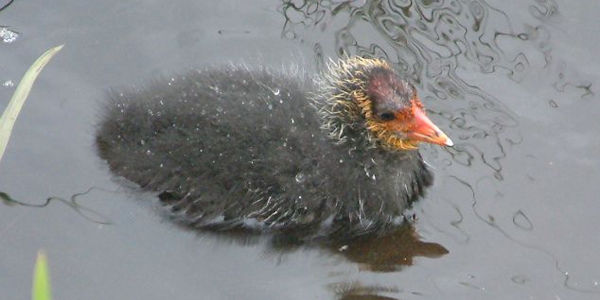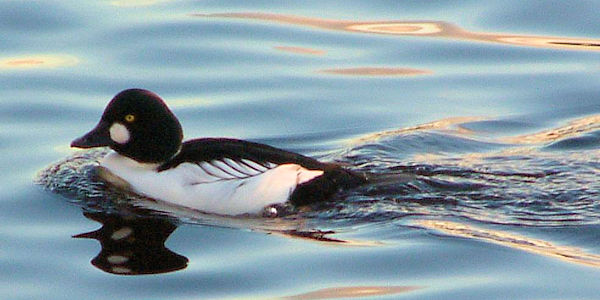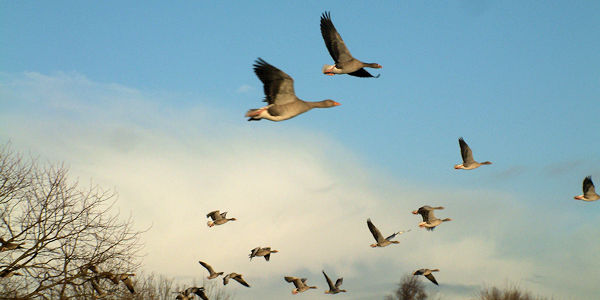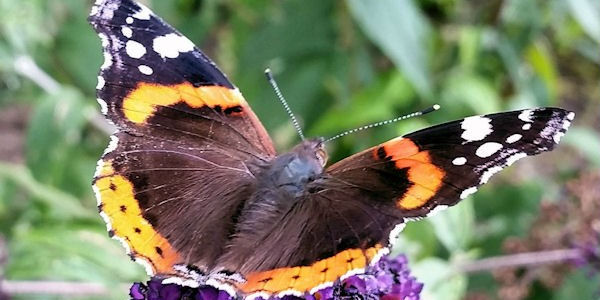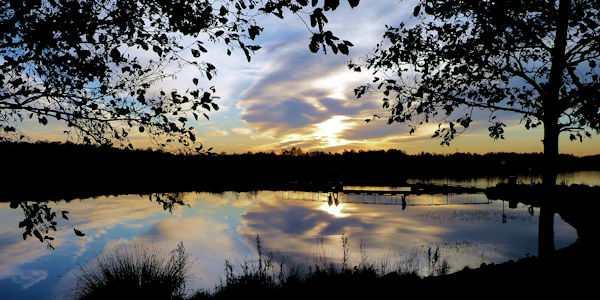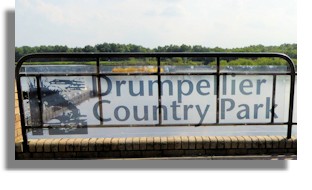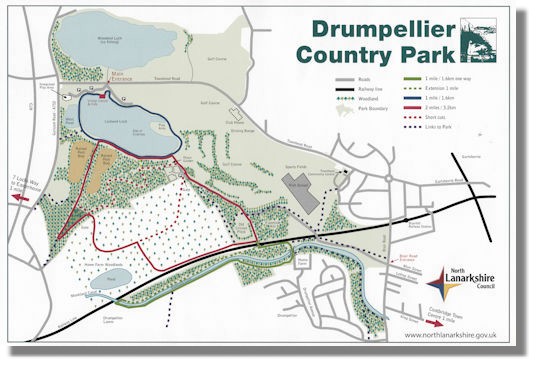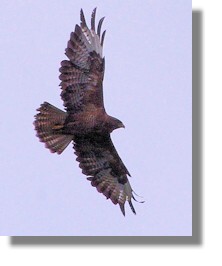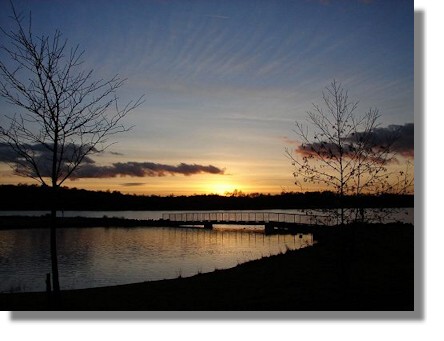Places to Visit in Scotland
- Drumpellier Country Park, North Lanarkshire
Slide Show of Some of the Attractions at Drumpellier Country park
"North Lanarkshire's Best Kept Secret"?
Drumpellier Country Park in North Lanarkshire has been described in its marketing literature as "North Lanarkshire's best kept secret". While the park and its loch can look tranquil at times, it has to be said that the folk in North Lanarkshire can't be trusted to "keep a secret" and it is often extremely busy! This is hardly surprising as it is close to the town of Coatbridge with a population of 37,000 and with a lot of new house building in the countryside nearby.
The loch at Drumpellier was created at the time of the last Ice Age, 10,000 years ago, when glaciers covered all of Scotland (and all the way south in England almost as far as present-day London. The moving ice scoured out a series of depressions and Drumpellier is a major part of the "Seven Lochs Wetland Park" in the area which is being developed to become Scotland's largest urban nature park. Funding from the Heritage Lottery Fund (HLF) should lead to support for a £6.5million project to develop the Seven Lochs Wetland Park as a major new heritage park for Scotland.
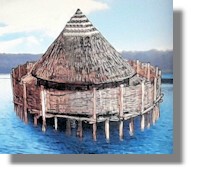
In addition to its nature credentials, there is evidence of people living in the area going back thousands of years with the remains of a Crannog (a wooden dwelling built on stilts in the loch) which is illustrated in the visitor centre.
The land became a public park in 1919, and was designated as a country park in 1984. It covers an area of 500 acres (2.0 km2) and has two natural lochs (one of which is a Site of Special Scientific Interest), lowland heath, mixed woodlands and open grassland. The Monkland Canal lies towards the southern perimeter of the park. There is also a golf course adjacent to the park.
Many of the visitors remain near the visitor centre and children's playpark area but the walk round the loch (with granite way-markers showing that the circle is a full mile in total) is well used. The walkway is totally flat which attracts those with limited mobility as well as young families with children and push-chairs as well as cyclists. North Lanarkshire Council has responded to the increase in visitor numbers in recent years by enlarging the car park and resurfacing the path round the loch and enhancing the visitor centre (which has extended opening hours in the summer months).
There is a larger version of the map below on a linked page.
Ducks, swans and other Birds
There is a large resident population of water birds including swans, geese (mainly Greylags but occasionally other visitors such as Canada and Pink Footed Geese) mallards, coots, moorhens as well as herons and cormorants. In the summer there are Great Crested Grebes. Many of the resident and visiting birds build nests in the spring/summer and young birds can often be seen soon after they have hatched.
The large population is no doubt helped by the numbers of visitors who ignore the "do not feed the birds" signs and keep them well provided - that can be a great benefit in the winter time when the shallow lochs can be completely frozen over.
Of course, there are lots of other wild birds ranging from crows, starlings, robins and sparrows, to reed warblers, hawks and buzzards.
The ponds and lochs attract toads and tadpoles as well as dragonflies and mayflies.
Flowers and Butterflies
There are two formal gardens - the "Peace Garden" and the House Garden (the latter with a small pond and borders packed with perennial flowers). The Peace Garden is larger, with trees and shrubs; in recent years a lot of buddleja plants have been added to produce the flower spikes that are attractive to butterflies. There are more buddleja bushes near the visitor centre too. In addition to the usual Red Admirals, Peacocks, Orange Tips, Ringlets, Meadow Browns and Green veined whites, there are Small Tortoiseshells and the elegant and rarer Comma butterflies too (as shown here).
The woodland areas provide secluded walks where occasionally you can spot deer through the trees and there are fungi and wild flowers at the side of the paths.
Short and Long Walks
In addition to the walk around the loch and in the gardens, there are pathways through the woods and up into heathland on higher ground (with large scale planting of various saplings in recent years. This area is also full of wild life with hawks and buzzards (see illustration) as well as butterflies such as Meadow Brown and Ringlets. The area is also popular with dog walkers and there are areas with yellow broom and a small lochan with dragonflies and mayflies.The visitor centre can provide leaflets with information on the various walks in these wilder areas.
Visitor Centre, Children's Play Areas
In addition to the usual facilities, the visitor centre has a cafe for snacks, hot food and soft drinks and ice cream etc. There are information boards on various aspects of Drumpellier and its wild life and the veranda has picnic tables looking over the loch and the various birds sailing by. The park rangers are based in the building and they organise special walks and outings at specified times. There are two children's playparks with swings and other entertainment and over public holiday weekends there are often merry-go-rounds and the ubiquitous "bouncy castle" as well!
Because of the loch and the trees Drumpellier often provides the setting for some great views of sunsets - I've taken many pictures of these over the years. See the example below!
